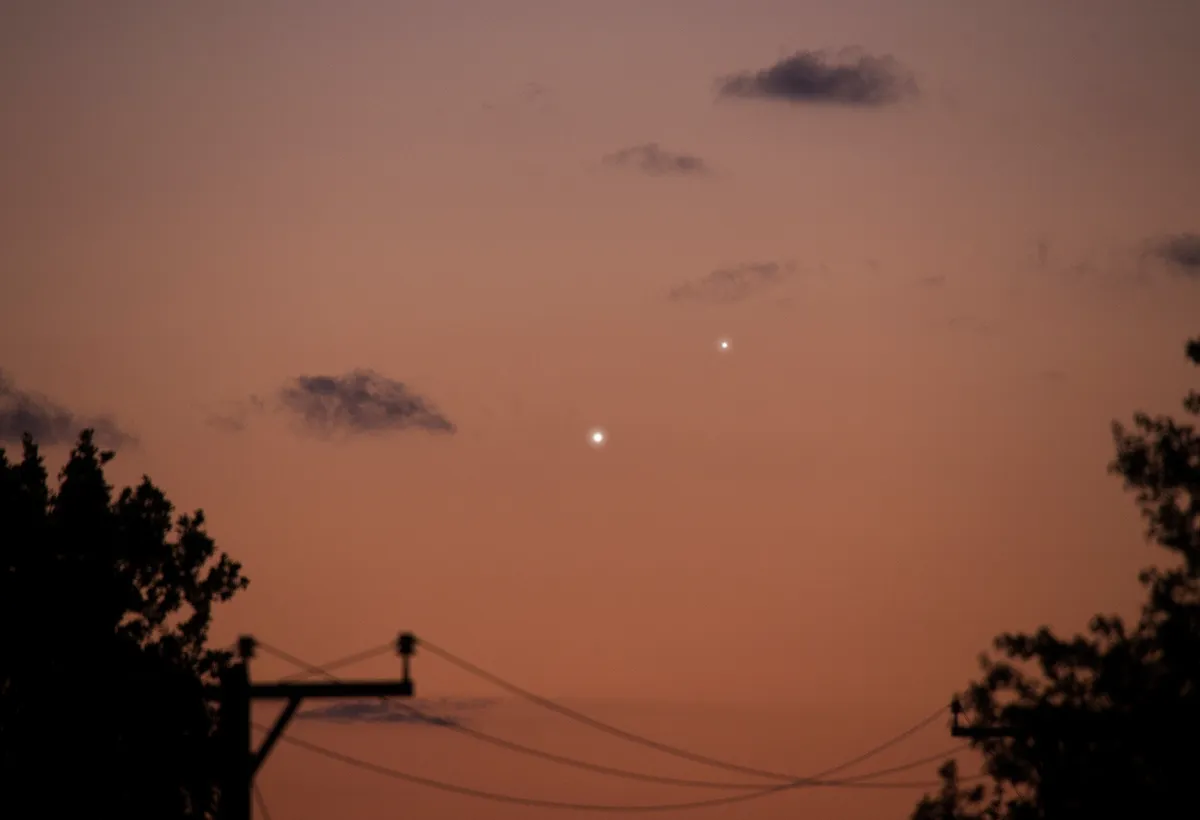Remember the glory days at the end of 2024 and beginning of 2025 when there were planets everywhere?
Well, that’s not the case currently, with some very close to the Sun and others compromised by the bright skies of June.
For more stargazing advice, sign up to receive our e-newsletter and subscribe to our YouTube channel

Little Mercury meanwhile continues to do what it does best, flitting back and forth on either side of the Sun.
June 2025 finds Mercury on the eastern or evening side of the Sun, a potential target if you have a good flat northwestern horizon.
For more info on seeing it, read our guide on how to observe Mercury with the naked eye or a telescope

Mercury gets better...
At the start of June 2025, Mercury isn’t that well placed, located just 3.5° from the Sun and setting shortly after sunset on the 1st.
Things improve with each passing day, but it’s not until the middle of the month that the planet becomes readily viable.
On 8 June, mag. –1.1 Mercury sits just 2° from mag. –1.8 Jupiter but, with the pair setting about one hour after sunset, spotting them together isn’t going to be that easy.
On this date, Mercury sits due north of Jupiter.
By 15 June, Mercury will have faded to magnitude –0.5, but it will be sufficiently far separated from the Sun to set 90 minutes after sunset.
This, coupled with Mercury holding onto some of its former brightness, should make it viable.

Wait for the Sun to set, then start to look for Mercury using binoculars around 40 minutes after sunset.
If you can spot it using a telescope, on 15 June Mercury shows a 5-arcsecond disc with a gibbous 74%-lit phase.
As the month progresses, Mercury continues to distance itself from the Sun but also continues to lose brightness.
On 26 and 27 June, a thin waxing crescent Moon moves from the right to left of the mag. +0.2 planet.
Mercury in June 2025 – quick facts
- Best time to see: 15 June, from 40 minutes after sunset
- Altitude: 5° (low)
- Location: Gemini
- Direction: Northwest
- Features: Phase, surface features
- Recommended equipment: 100mm or larger
If you observe or photograph Mercury in June 2025, get in touch by emailing contactus@skyatnightmagazine.com
